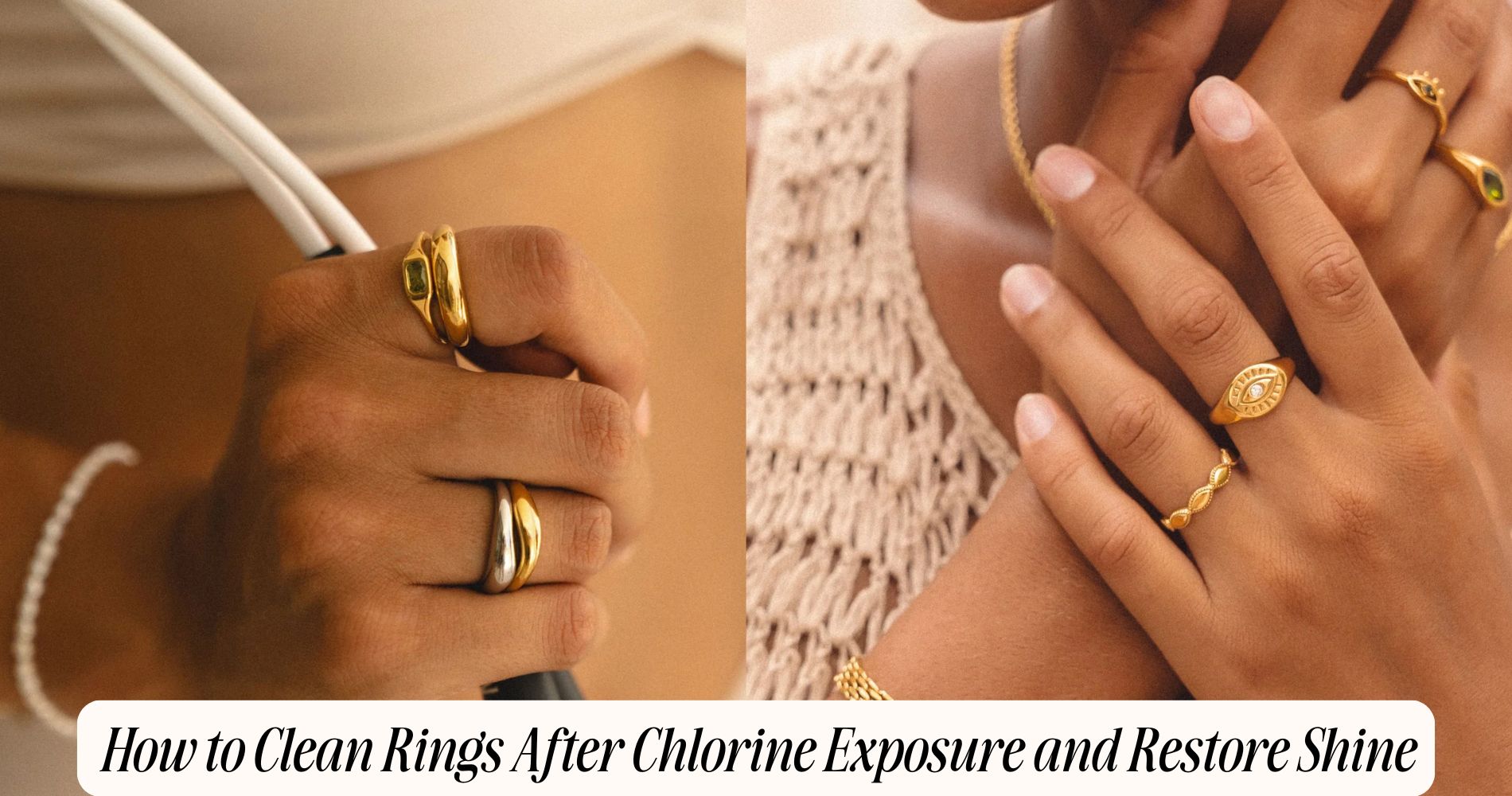
How to Clean Rings After Chlorine Exposure and Restore Shine
Wondering how to clean rings after chlorine exposure? It’s important to act quickly to prevent long-term damage. Start by rinsing your ring under lukewarm running water for at least a minute to wash away any chemical residue. Then, use a soft-bristled brush and a pH-neutral, fragrance-free soap to gently clean the surface—especially around crevices. Avoid using harsh chemicals. Dry thoroughly with a microfiber cloth and finish with a jewelry polishing cloth. To prevent future damage, store your ring in an anti-tarnish container. If you want jewelry that’s built for everyday wear, check out our Waterproof Rings—designed to resist tarnishing and stay beautiful. Want customized care tips based on your ring’s metal and gemstone? Keep reading.
Understanding the Effects of Chlorine on Rings
Although chlorine is a common disinfectant in pools and cleaning products, it can cause significant damage to many types of rings. When you expose your rings to chlorine, particularly at elevated temperatures, you trigger oxidation reactions on the metal surface. These reactions strip away protective layers and alter the ring’s chemical structure.
For precious metals like gold, silver, and platinum, chlorine accelerates metal corrosion, leading to pitting, discoloration, and brittleness. Even alloys containing nickel or copper are at risk, as chlorine breaks down their molecular bonds.
Over time, you’ll notice your ring losing its luster and structural integrity. To prevent irreversible damage, you should always remove rings before swimming or cleaning, and promptly address any exposure by rinsing thoroughly with clean water.
Assessing the Type of Metal and Gemstone
Before you clean your ring, you need to identify both the metal and any gemstones it contains, since different materials require specific care. Check for hallmarks or stamps inside the band indicating metal type—such as 14K for gold or 925 for sterling silver.
Gold, platinum, and titanium have lower metal sensitivity, while silver and some alloys can react more strongly to chemicals.
Examine any gemstones present. Hard stones like diamonds, sapphires, and rubies boast high gemstone durability and tolerate cleaning better.
Softer stones—such as opals, pearls, emeralds, or turquoise—are much more vulnerable and require gentle handling.
If you're uncertain, consult your jeweler or refer to original documentation.
Knowing your ring’s composition helps you tailor your cleaning approach, preventing accidental damage and preserving both shine and structure.
Gathering Essential Cleaning Supplies
A basic set of cleaning supplies guarantees you can safely maintain your ring’s appearance without risking damage. You'll need a soft-bristled toothbrush, lint-free microfiber cloth, mild dish soap, and a small bowl. Make sure the toothbrush is gentle to avoid scratching metal or gemstones. Use only pH-neutral, fragrance-free soap for effective yet safe cleaning. Prepare distilled water to prevent mineral deposits on your ring.
Keep a designated jewelry storage container handy to protect your ring during drying and between cleaning sessions.
Always assess your cleaning frequency based on how often you wear the ring and your exposure to harsh elements like chlorine. Storing supplies together ensures you're prepared for routine maintenance or immediate cleaning after chlorine exposure. Proper preparation supports both ring longevity and brilliance.
Pre-Cleaning: Rinsing Off Chlorine Residue
Once you’ve gathered your cleaning supplies, focus on removing any chlorine residue that may linger on your ring. Start by holding your ring under a gentle stream of lukewarm water. Avoid hot water, as it can accelerate chemical reactions that may further damage metals or gemstones.
Let the water run over all surfaces, paying close attention to crevices where chlorine can hide. This helps minimize water absorption by porous stones, which could exacerbate damage. Rotate the ring to ensure every angle is thoroughly rinsed.
If possible, use distilled water to reduce mineral deposits. Don’t rush—let the water work for at least one minute. Proper rinsing at this stage is vital for halting the effects of chlorine before proceeding to deeper cleaning steps.
Gentle Cleaning Methods for Different Ring Materials
Because different ring materials require tailored care, you’ll need to adjust your cleaning approach based on the type of metal and gemstones present.
For gold and platinum, use a mild dish soap diluted in warm water, gently scrubbing with a soft-bristled brush to preserve ring metal care. Avoid harsh chemicals that can weaken metal or loosen settings.
For silver rings, a solution of mild soap and water is usually safe, but steer clear of abrasive cleaners to prevent scratching.
When cleaning rings with delicate gemstones like opals, pearls, or emeralds, remember gemstone sensitivity—submerge them briefly and avoid soaking, as prolonged exposure to moisture can cause damage.
Always use a soft cloth or brush, and handle each ring gently to maintain structural integrity and brilliance.
Drying and Polishing for Maximum Shine
After thoroughly cleaning your ring, make sure you dry it completely to prevent water spots and potential tarnish. Use a lint-free microfiber cloth and gently pat the ring dry, paying close attention to crevices where moisture can linger.
Avoid air drying, as residual water can cause unwanted chemical reactions, especially if your ring contains metals like silver or gold.
Once dry, use a jewelry polishing cloth designed for your ring’s specific material. Employ gentle, circular motions to enhance the shine and restore brilliance.
Never use abrasive materials, as they can scratch delicate surfaces.
After polishing, store your ring in a designated jewelry storage box with anti-tarnish lining to minimize exposure to air and humidity, which can accelerate chemical reactions and dull your ring’s finish.
Preventing Future Chlorine Damage
Proper drying and polishing maintain your ring’s brilliance, but safeguarding it from chlorine exposure is just as important for long-term preservation. Always remove your rings before swimming in pools, using hot tubs, or handling household cleaners containing chlorine.
Store jewelry in a dedicated, soft-lined box or pouch to prevent accidental contact with chlorinated items. For added skin protection, apply lotions or sunscreens before wearing rings, allowing them to fully absorb to prevent chemicals from trapping beneath your jewelry.
If accidental exposure occurs, rinse your ring immediately with fresh water and dry it thoroughly. Establishing these habits minimizes metal corrosion and gemstone dullness, ensuring your rings retain their value and shine.
Prioritize careful jewelry storage and proactive skin protection to extend your ring’s life.
When to Seek Professional Ring Cleaning
Even with diligent at-home care, certain situations require professional ring cleaning to maintain ideal condition and value. If you notice persistent dullness, deep-set grime, or loose settings after chlorine exposure, seek help from a jeweler with expertise in professional restoration.
Professionals use ultrasonic cleaners, steam, and specialized solutions that safely remove buildup without risking further damage. If your ring contains delicate gemstones or intricate settings, avoid DIY methods and opt for expert assessment to prevent accidental harm.
Consider your jewelry insurance policy—many insurers require documentation of regular professional cleaning to validate claims, especially after chemical exposure. Schedule professional cleaning at least once a year, or immediately after significant chlorine contact, to protect your investment and ensure your ring retains its brilliance and structural integrity.
Frequently Asked Questions
Can Chlorine Exposure Affect the Ring's Warranty or Insurance Coverage?
If you expose your ring to chlorine, you risk voiding its warranty due to improper care. Insurance considerations also apply; insurers may deny claims for damage caused by chemical exposure, so review warranty implications and policy details carefully.
Is Ultrasonic Cleaning Safe After Chlorine Exposure?
If you're concerned about ultrasonic safety after chlorine damage, don't use an ultrasonic cleaner right away. Chlorine can weaken metal or loosen gemstones, so inspect your ring for damage first and consult a jeweler before proceeding.
Will Chlorine Alter the Color of Colored Gemstones?
Chlorine reaction can alter a colored gemstone’s color, especially for stones like emerald, tourmaline, and sapphire. You’ll notice fading or discoloration. Always avoid exposing your colored gemstone to chlorine, as it can cause irreversible damage.
Can I Use Natural Remedies Like Vinegar or Baking Soda on My Ring?
You can use vinegar cleaning or baking soda remedies on some rings, but avoid them for soft gemstones or plated metals. Gently scrub with a baking soda paste, rinse thoroughly, and dry to prevent residue or surface damage.
How Often Should I Professionally Inspect Rings Exposed to Chlorine?
You should schedule jewelry inspections for ring maintenance every six months if your rings are exposed to chlorine. A professional can check for structural damage, loose settings, and compromised metal integrity, ensuring your jewelry remains safe and beautiful.
Conclusion
By carefully identifying your ring’s materials and following the right cleaning steps, you’ll safely remove chlorine residue and restore its brilliance. Always use gentle cleansers and soft cloths, and make sure your ring is completely dry before wearing it again. Regularly inspect your jewelry for damage, and avoid chlorine exposure when possible. If stubborn stains persist or you’re unsure about cleaning certain gemstones, don’t hesitate to consult a professional jeweler for expert care.


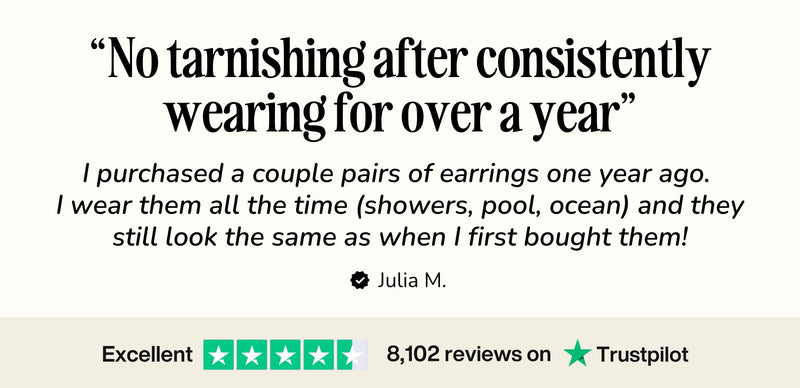





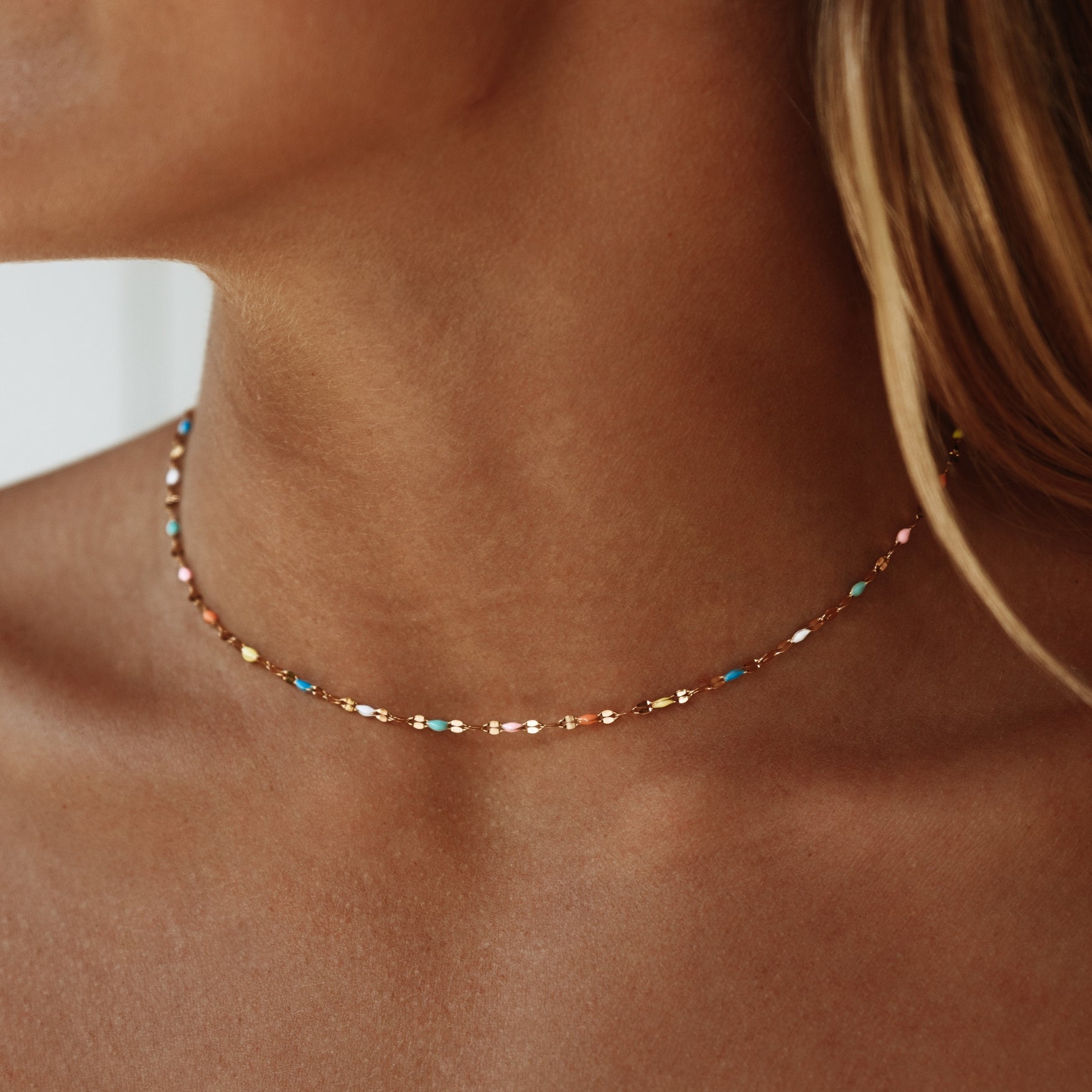
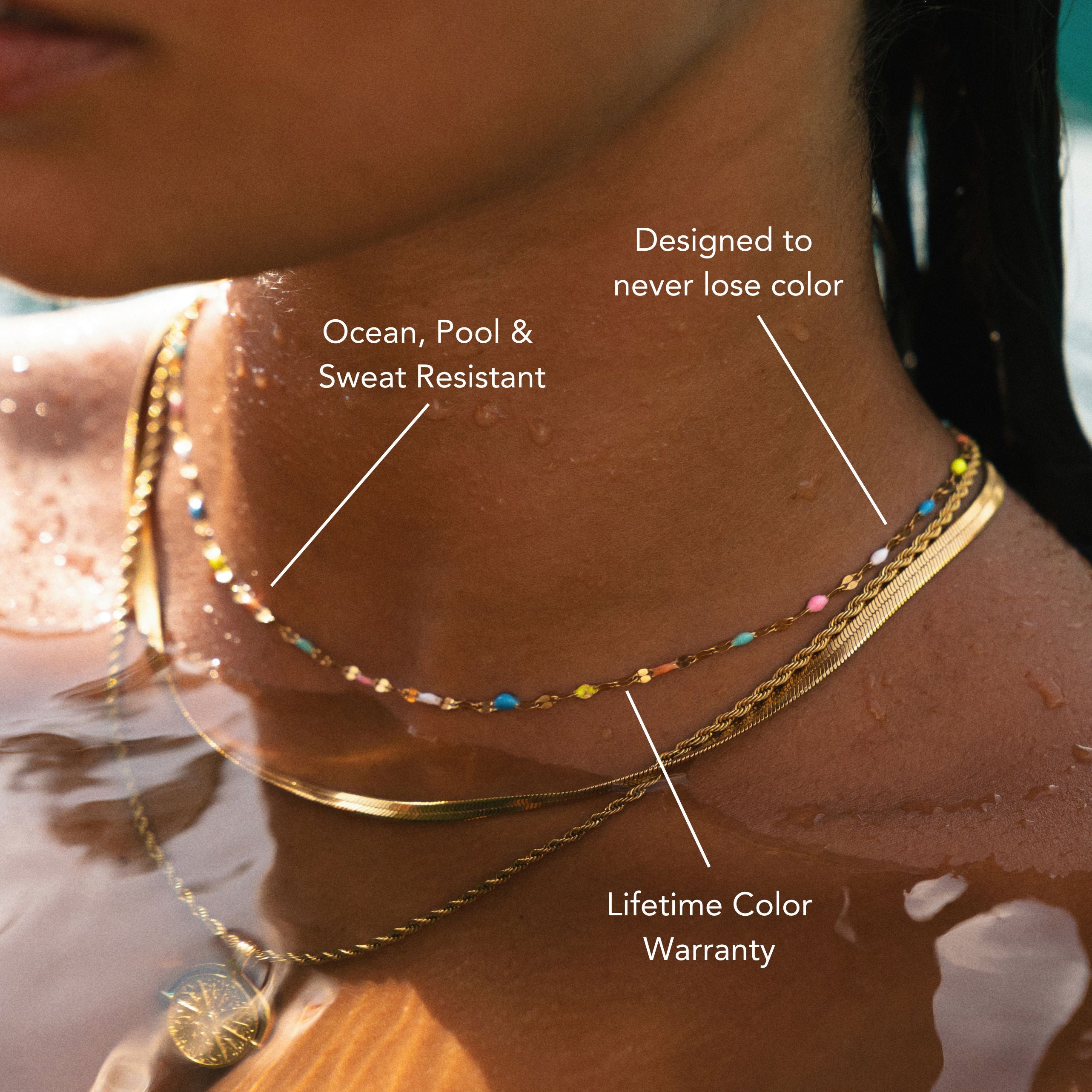
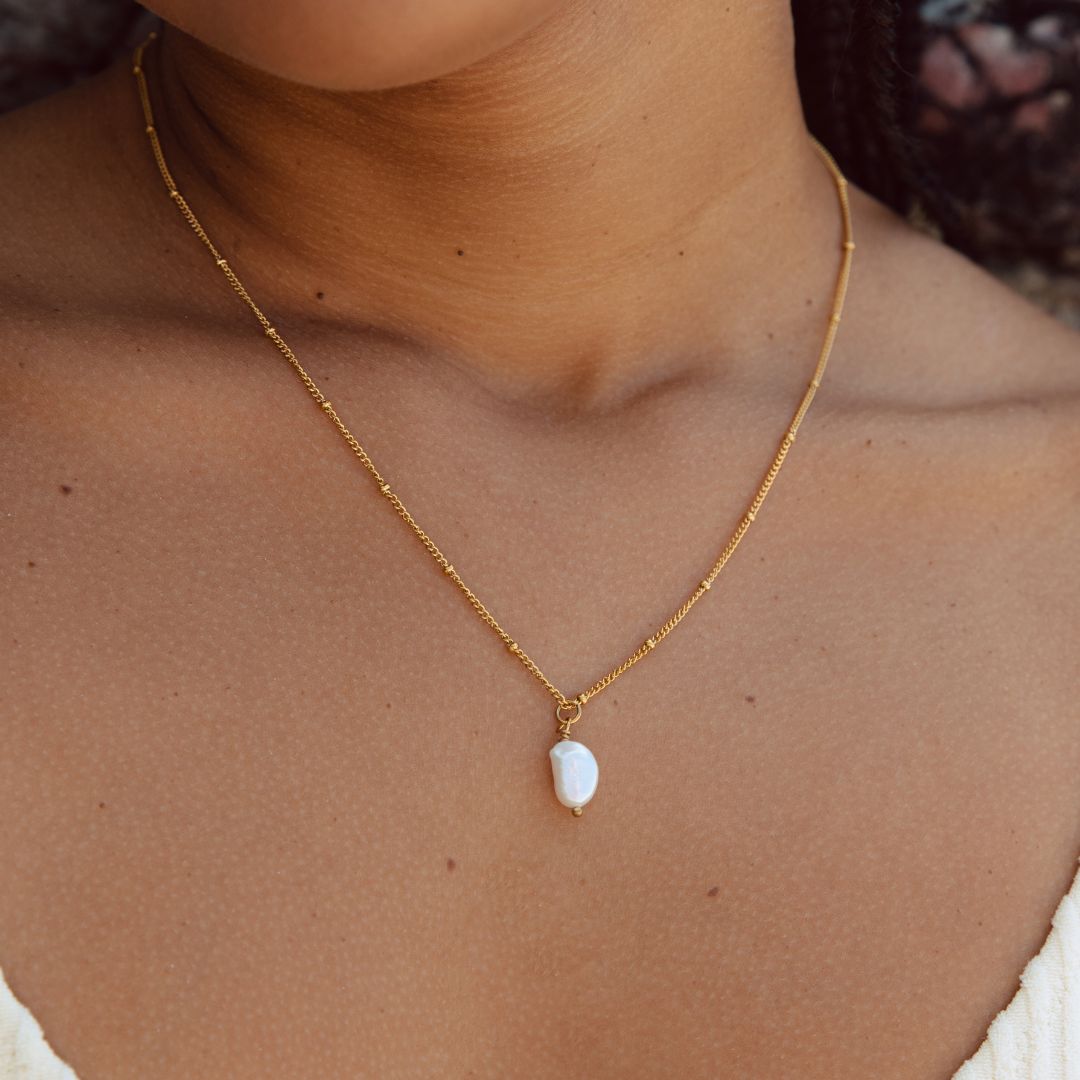
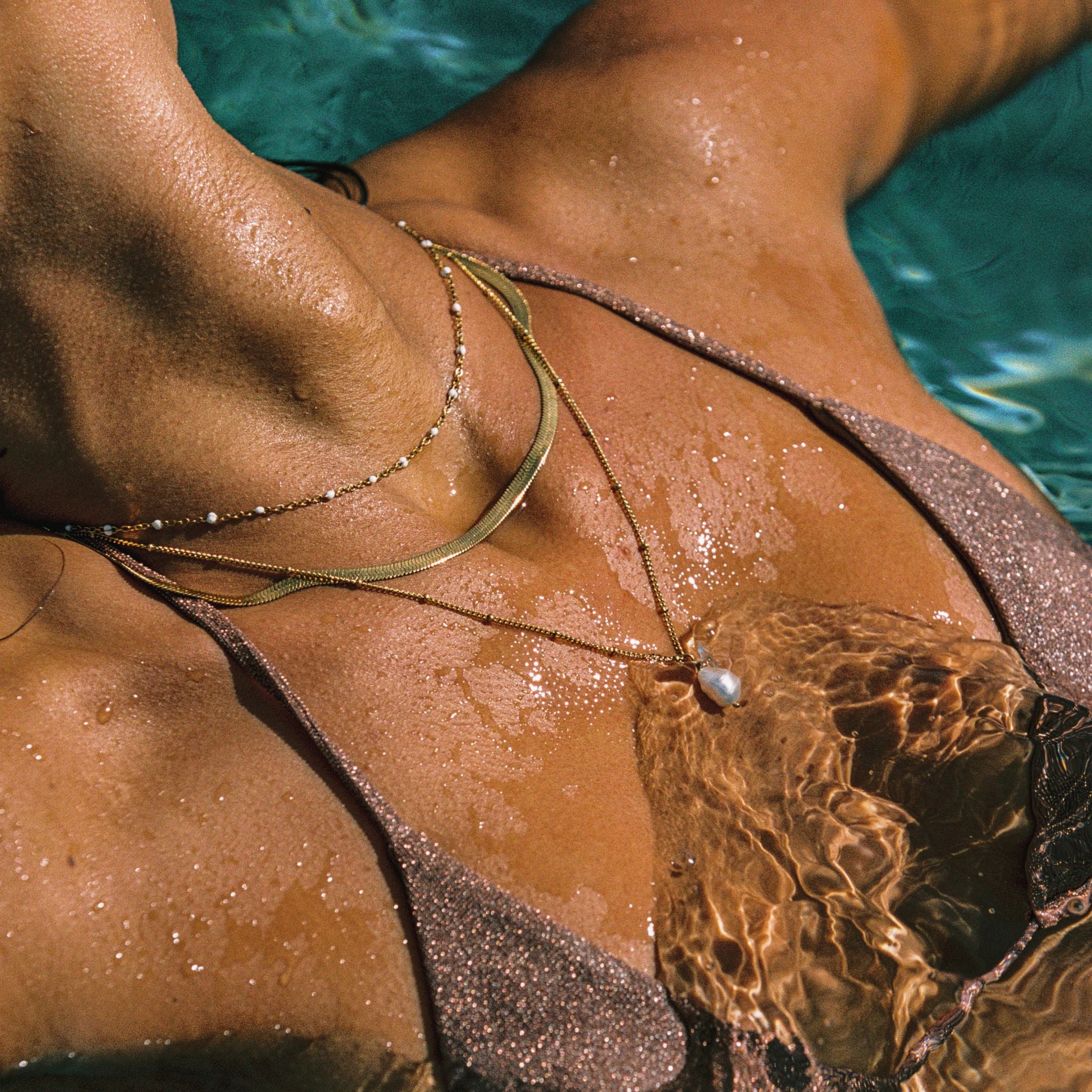
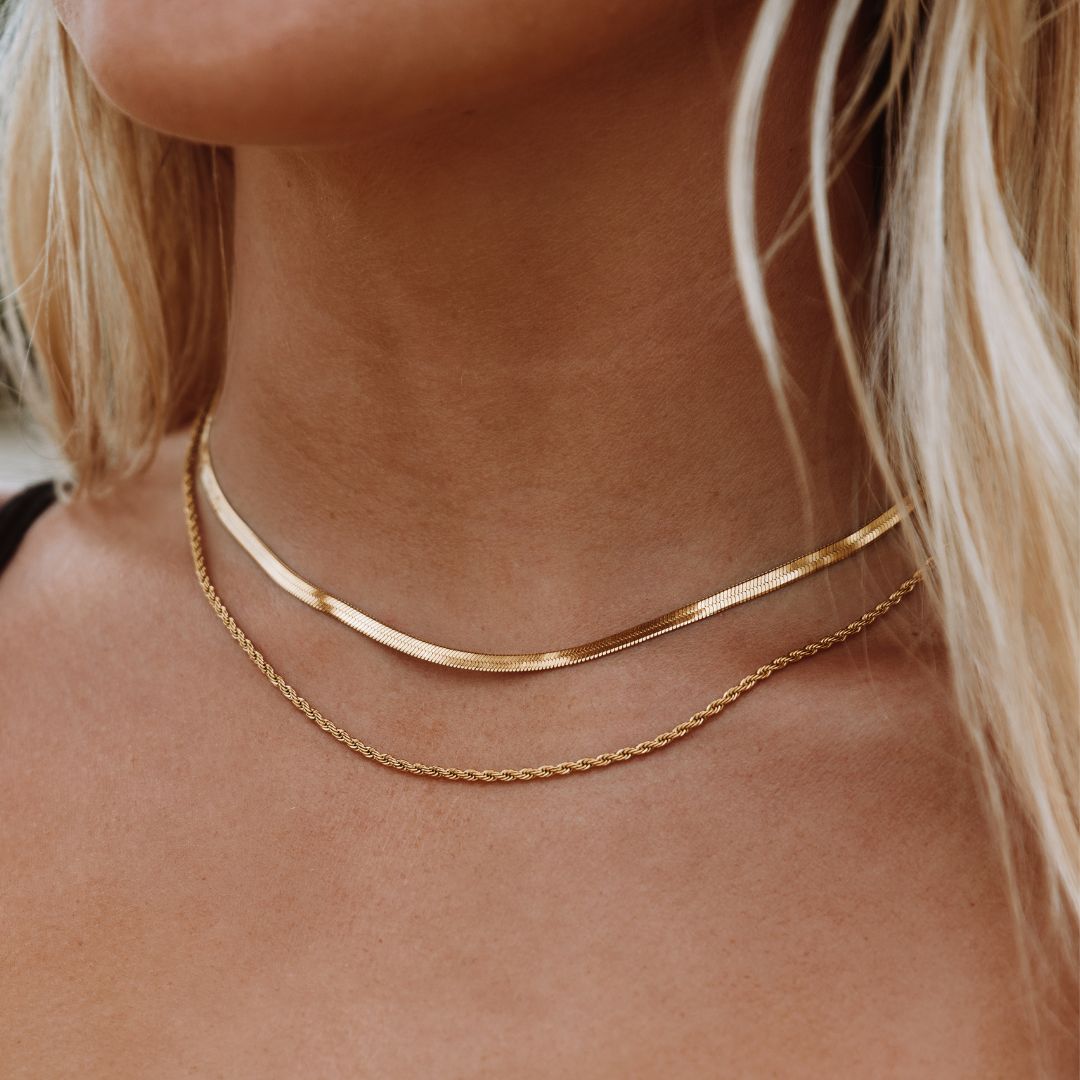
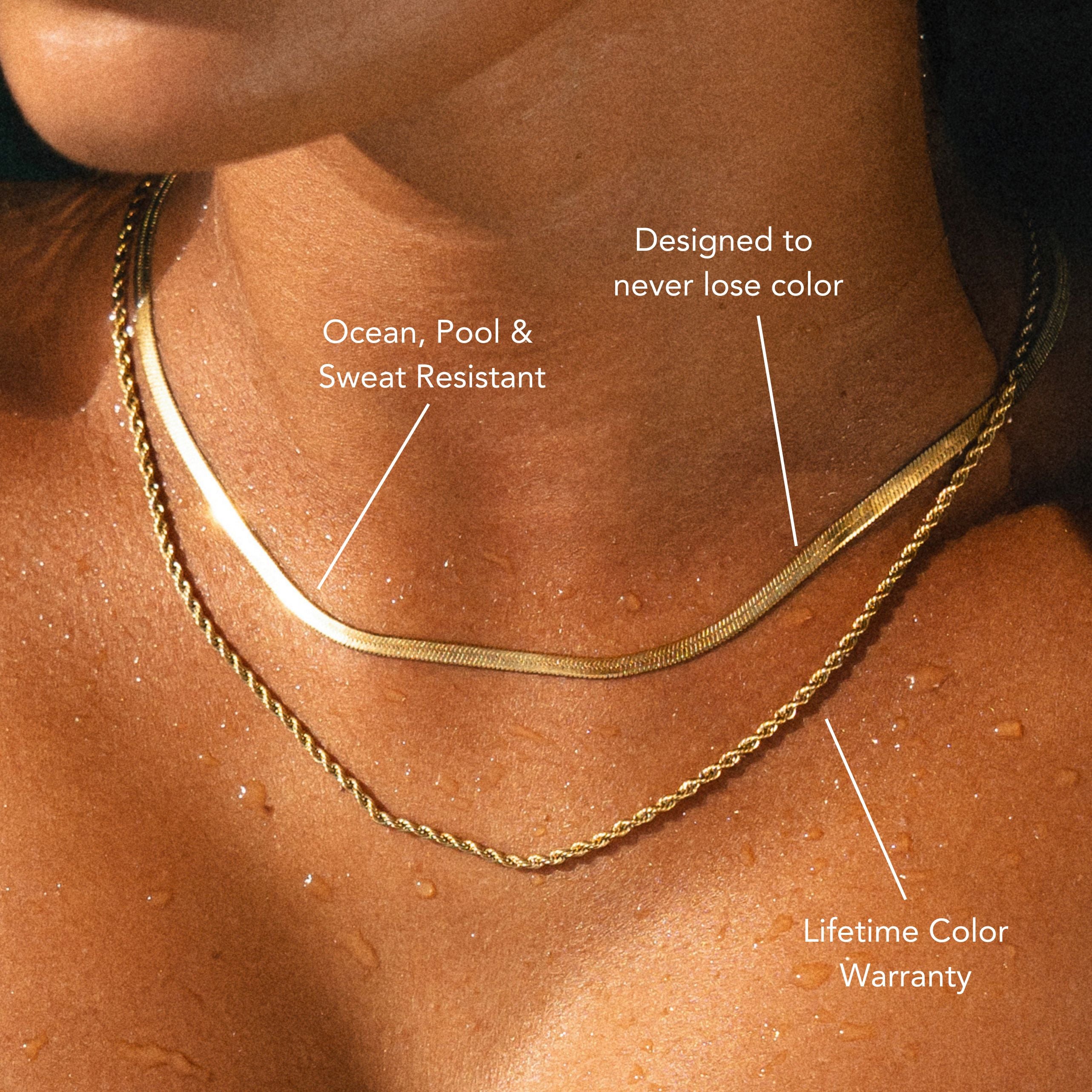
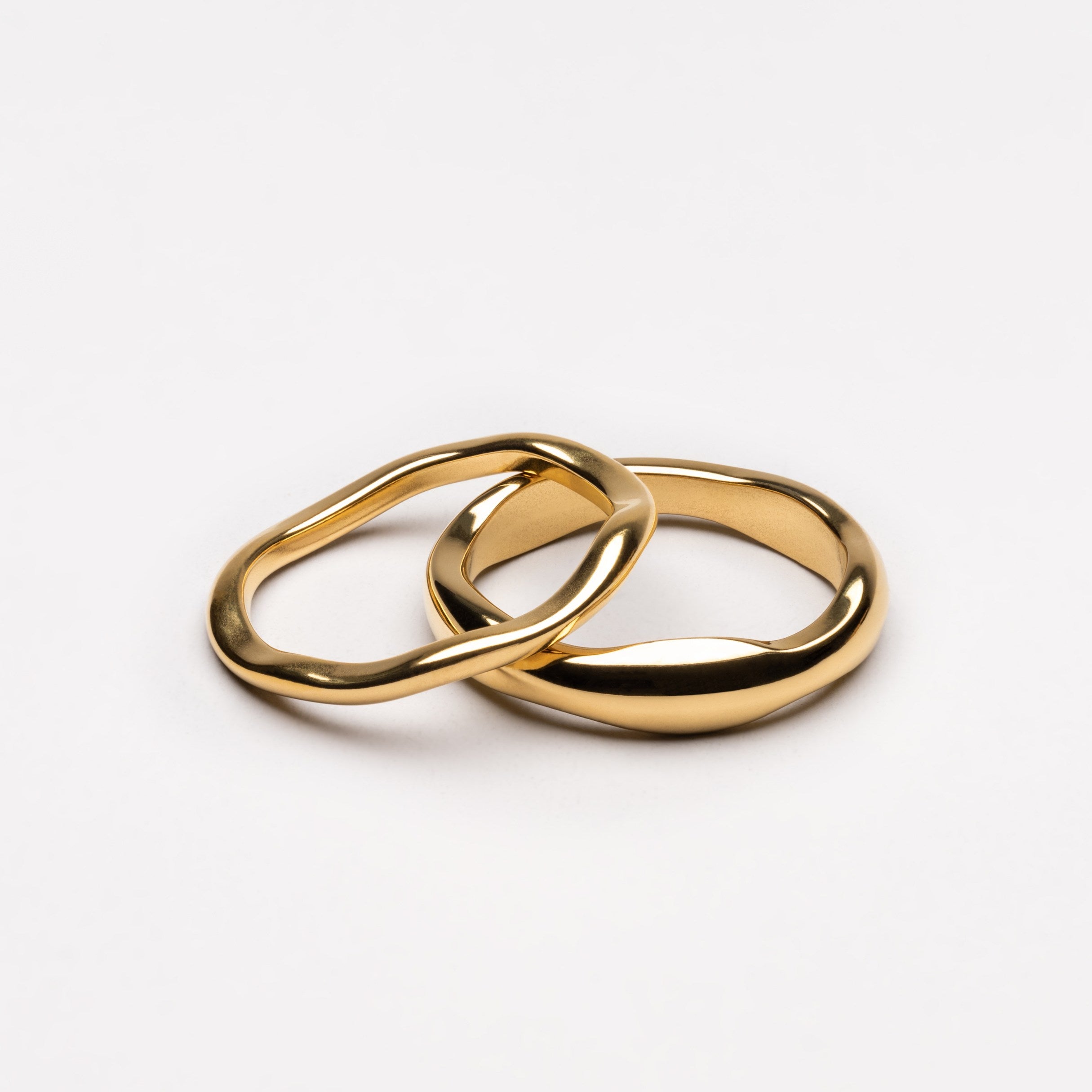
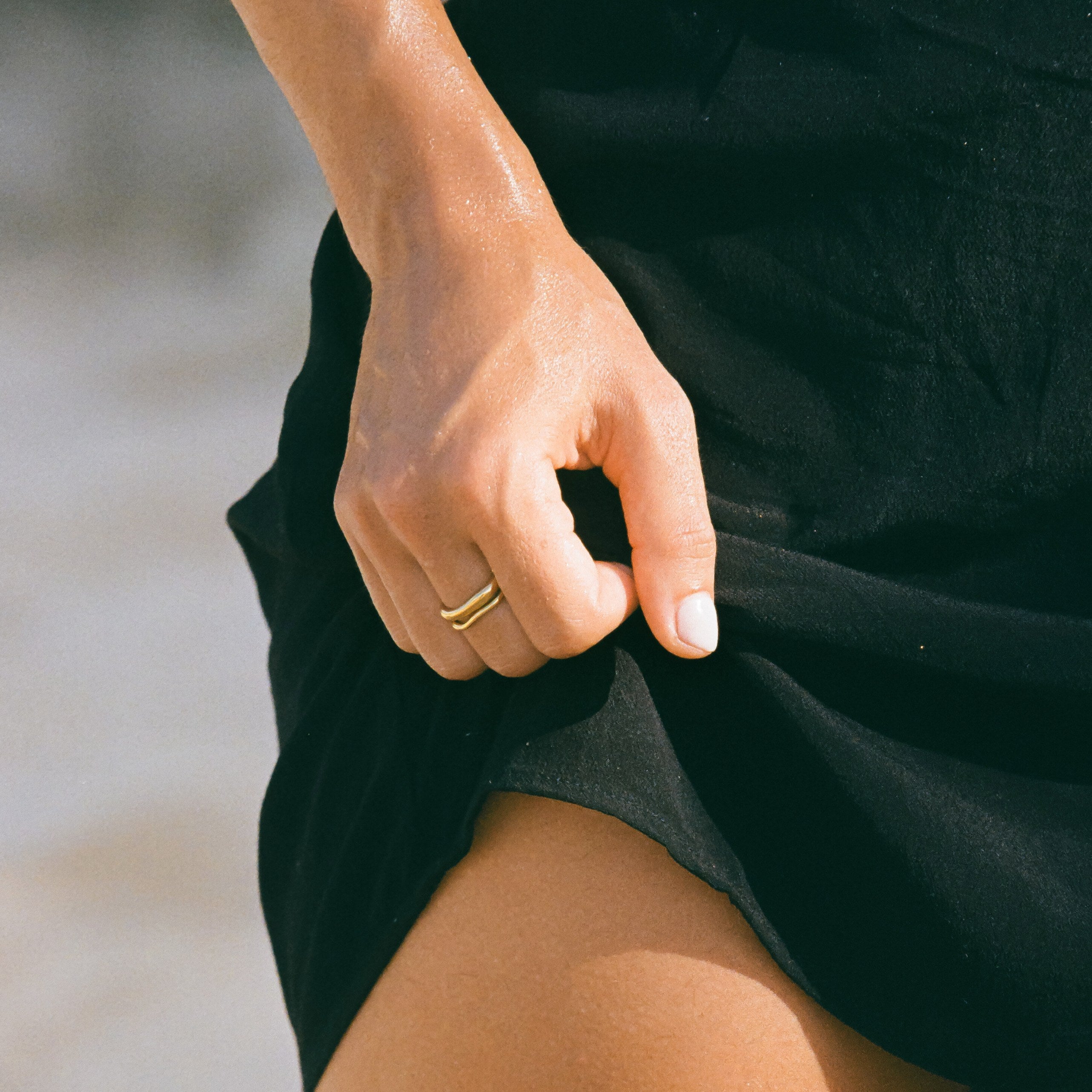
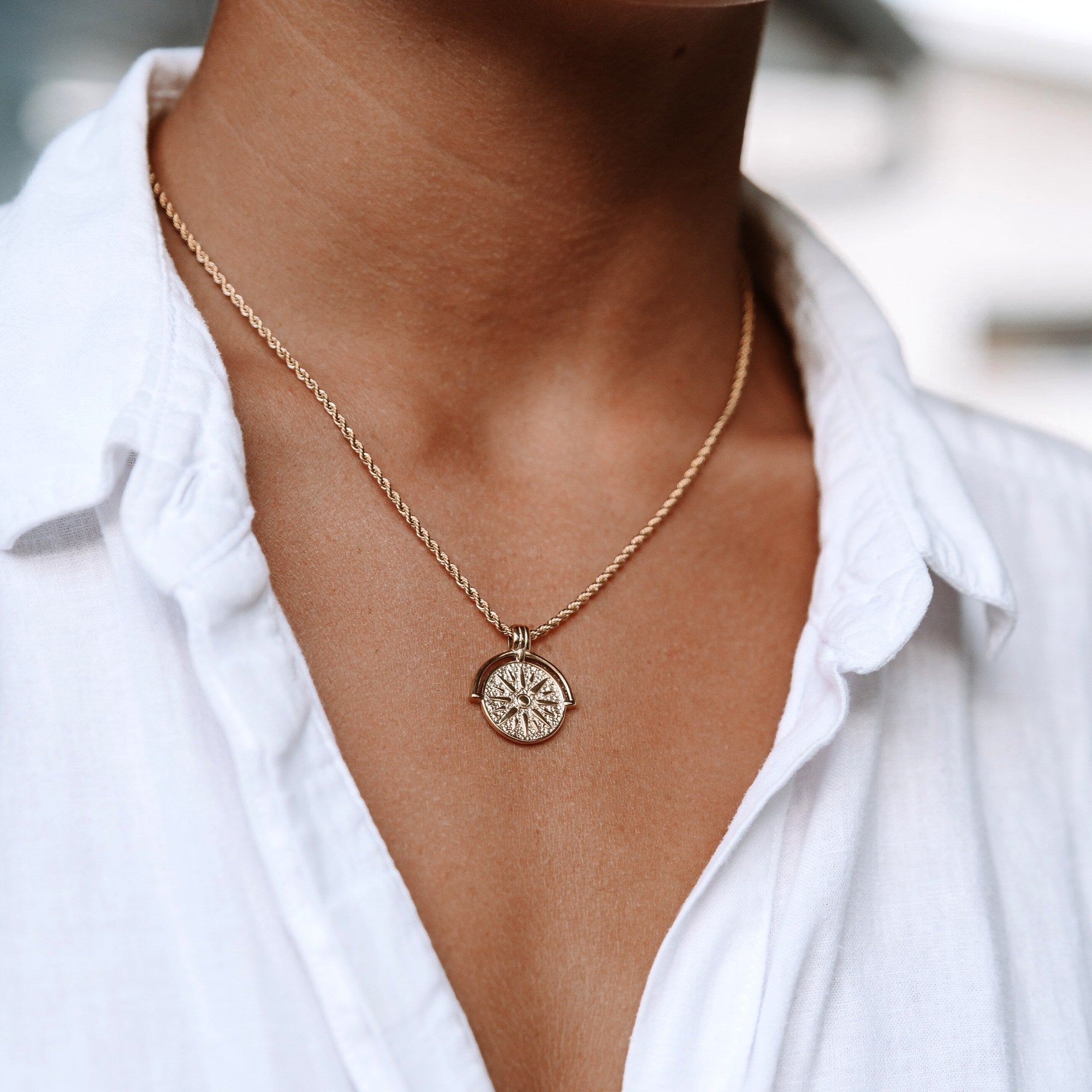
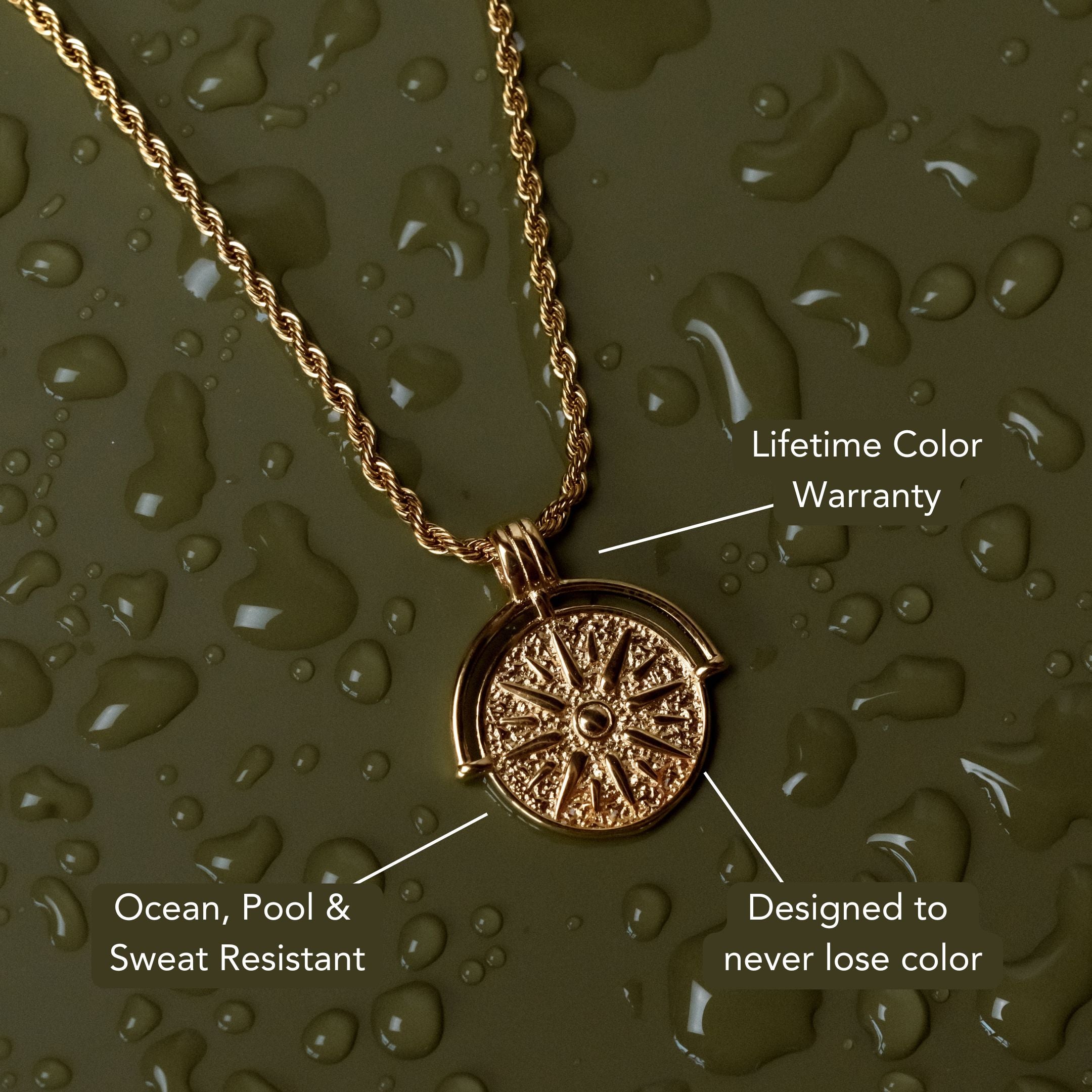
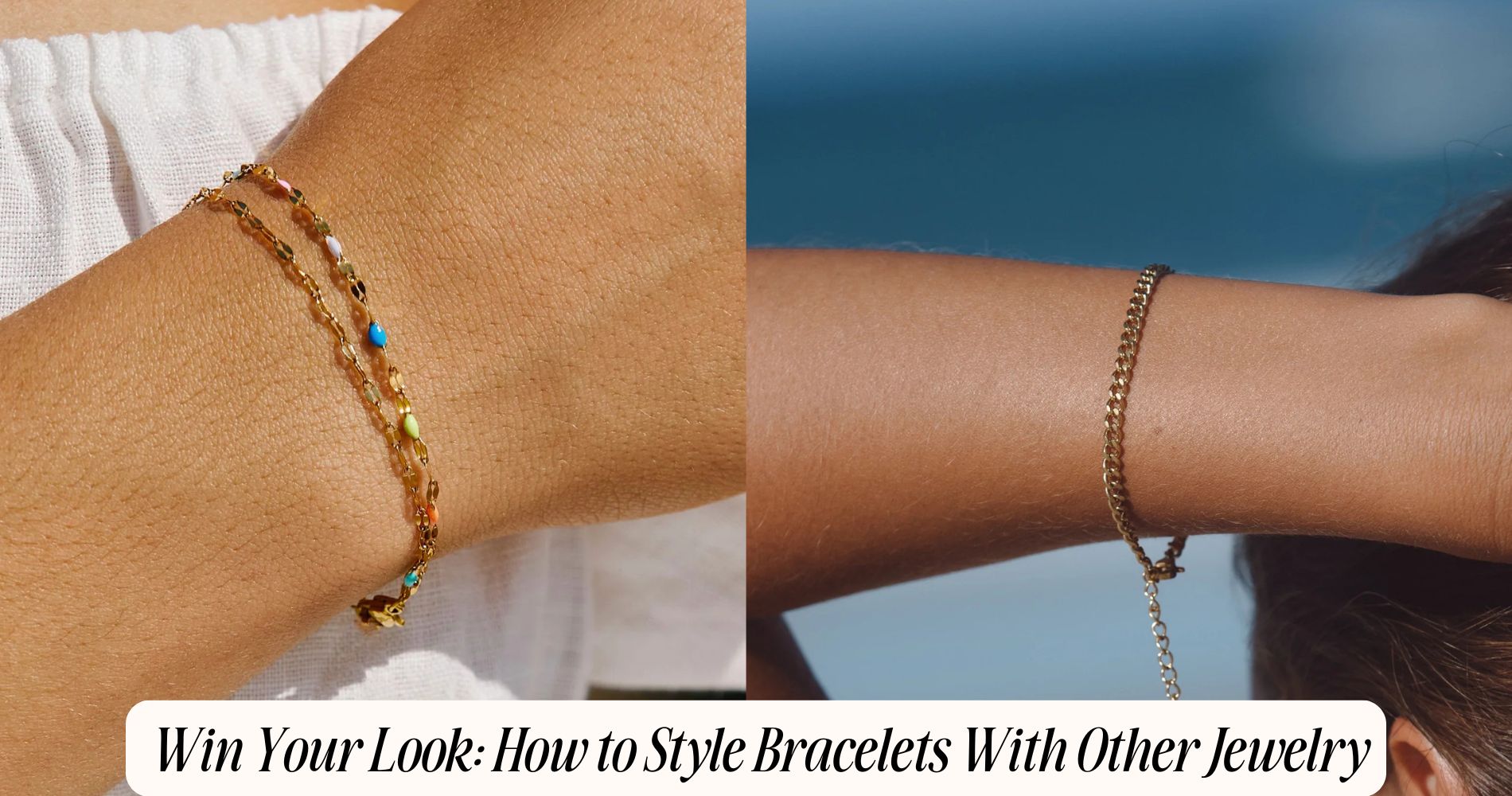





Leave a comment
This site is protected by hCaptcha and the hCaptcha Privacy Policy and Terms of Service apply.